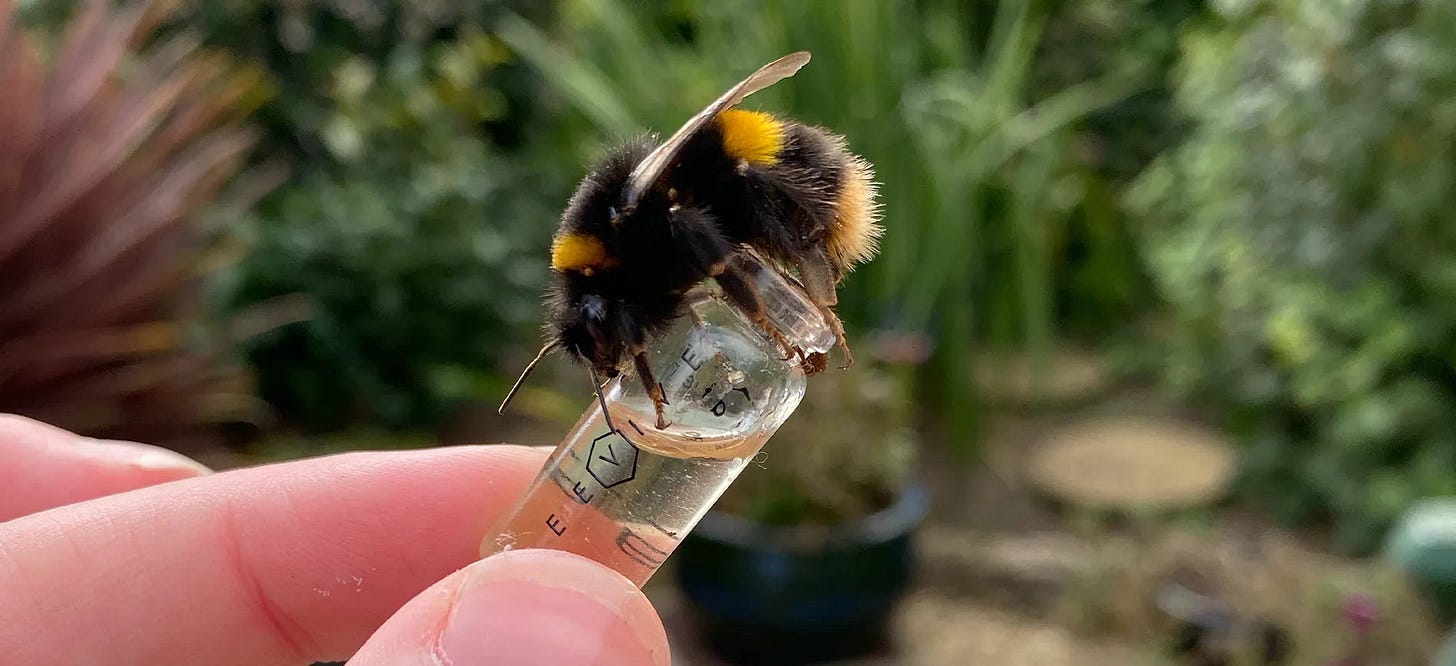Edit 5th May 2025: We are now more funding constrained, updated post on this here.
We've heard that some people interpreted this post as meaning that EAIF thinks that we don't need much more EA infrastructure. That's not what we meant to imply with this post. Whether our funding is constrained at any given time is primarily a function of (1) our own available funding reserves and (2) the specific grant applications we receive. It is not a commentary on the overall vitality of the EA ecosystem or its potential to grow or get stronger: we believe there are many potentially promising projects which could contribute to this growth/strengthening, and we are excited to receive many more applications. We shared some ideas about applications we’d be especially keen to receive late last year; EAIF is now more funding-constrained, but we have only slightly increased our bar and will still be able to fund strong applications.
The EA Infrastructure Fund doesn’t currently have a significant need for more funding and an increase in funding wouldn’t change our immediate grantmaking decisions. That said, additional funding now could increase our ability to increase the scope of our grantmaking in future.
EAIF currently has $3.3M in available funds. So far over 2024 EAIF has made grants worth $1.1M, and I expect this to be around $1.4M by the end of 2024.
Examples of grants we’ve made over 2024 include:
- The Centre for Enabling EA Research and Learning (CEEALAR) - $184,000
- EA Norway’s Annual Weekend Conference for the Norwegian EA Community - $9,500
- Rethink Priorities Worldview Investigations Team, a 6 month project to enhance the cross-cause cost-effectiveness model - $168,867
- Michael Dello-Iacovo, a 6 month salary to build an EA-aligned YouTube channel - $23,660
EA Brazil, a 12-month salary for a full-time and a part-time coordinator for EA Brazil to support community growth and projects $67,500
I expect EAIF’s grantmaking to increase over 2025, and it could increase significantly, for a number of reasons.
- Over the last few years EAIF has been mostly operating on a passive funding model, and hasn’t done major work to proactively solicit applications or find promising funding opportunities. We’re looking to play a more active role in our grantmaking going forwards - and if we’re successful here, this could result in a significant increase in our grantmaking.
- Currently the vast majority of applications to EAIF are for smaller scale projects/ organisations - typically, projects with 2 or less FTE, applying for funding for less than $150k. This is different to EA Funds inception, where the grantmaking was exclusively to larger organisations in the EA space. In particular as more organisations within the EA space are looking to diversify their sources of funding, EAIF could play a more significant role in funding larger organisations again.
- Our funding bar is higher now than it was in previous years, and there are projects which EAIF funded in previous years that we would be unlikely to fund now. We’re quite uncertain about where to set our funding bar - and it’s plausible that we end up lowering this going forwards.
My best guess is that EAIF will make $2.5M of grants in 2025, less than we currently have in available funds. And I think there’s an 80% chance that this will be within $1M and $4M. If EAIF looks on track to grant more than ~$2.5M over 2025, we’ll plan on letting people know that we expect to have room for more funding.
Of course, additional funding would be welcome to help us build our reserves and provide flexibility to increase our grantmaking in 2025. But we wanted to transparently communicate that EAIF’s need is lower than it has been previously and lower than the need of other EA Funds like the Animal Welfare Fund and Long-Term Future Fund.
We’re truly grateful to the donors who helped us to fill out previous funding gaps and enabled us to continue to give grants above our bar! And we’re excited to continue supporting fantastic projects and applicants over the coming year.




In some cases there are projects that I or other fund managers think are net negative, but this is rare. Often things that we decide against funding I think are net positive, but think that the projects aren't competitive with funding things outside of the EA Infrastructure space (either the other EA Funds or more broadly).
I think it makes sense that there are projects which EAIF decides not to fund, and that other people will still be excited about funding (and in these cases I think it makes sense for people to consider donating to those projects directly). Could you elaborate a bit on what you find weird?
I don't think this is the case. Extra donations to EAIF will help us build up more reserves for granting out at a future date. But it's not the case that eg. if EAIF has more money that we think that we can spend well at the moment, that we'll then eg. start donating this to other cause areas. I might have misunderstood you here?